From Toy Cameras to Timeless Memories: How It All Began
If you’ve ever found yourself wondering how to become a photographer, or if you’ve been holding onto a dream of turning your passion into a career, this blog shares the story of how it all started for me—and what I’ve learned along the way. Growing up in Los Angeles, I was surrounded by creativity from an early age. One of my earliest memories is playing with my dad’s camera when I was just 2 or 3 years old, pretending it was a toy. I had no idea that moment would become the foundation for everything I do now.
Later, after our family moved more inland, my dad opened his first photo studio in San Bernardino. That studio became a second home for me. I watched, learned, and eventually helped—from holding reflectors to organizing gear. Being around photography shaped the way I saw the world and planted the seed for what would later grow into a full-time business.
In this blog, I take you through my personal journey—from my first Sony digital camera that never left my side, to upgrading to a Canon 6D where I learned the fundamentals through trial, error, and a few good classes. Today, I shoot professionally with a Sony A7 and a Sigma Art 24-70mm lens, capturing families, couples, and moments throughout Temecula, Riverside County, San Diego, and Los Angeles.
But more than gear or technique, I share what really matters: investing in yourself. I break down why the best way to grow isn’t always through new equipment—it’s through consistent practice, studying the work of photographers you admire, recreating images for learning, and building skills beyond photography itself. Because along the way, you’ll pick up communication, networking, business management, marketing, and the confidence to step into your role not just as a photographer—but as an artist and entrepreneur.
Whether you're a creative soul from Orange County dreaming of getting into photography, a traveler visiting Temecula wine country looking to document your trip, or someone from Los Angeles who’s always loved taking pictures but never knew where to begin—this story is a reminder that your journey doesn’t have to be perfect. You just have to begin. It’s not about the destination or even the camera you use—it’s about the person you become along the way.
The number one question I get asked—besides “how much do you charge?”—is:
“How did you become a photographer?”
So I wanted to write this blog, not just to answer that, but in hopes that it helps someone out there who’s just getting started or dreaming of becoming a photographer, too.
For me, it started way before I ever considered it a career. I was just 2 or 3 years old when I picked up my first camera. It wasn’t mine—it belonged to my dad, who was a photographer. He always had cameras lying around, and one of my earliest memories is playing with one like it was a toy. I had no clue how to use it, but something about it felt powerful—even magical.
As I got older, I started helping out at my dad’s photo studio in San Bernardino. I’d run errands, hold gear, and just be around it all. I didn’t realize it then, but those early experiences were shaping the way I saw the world—through light, expression, connection, and storytelling. Through a lens.
Trying to figure things out when you don’t even know the first step? Yeah—we remember that feeling. If you just need to pick someone’s brain or talk it through, we’re all ears and more than happy to help.
👉 Let’s Connect
The First Camera That Was Truly Mine
Eventually, I got my own camera—a little Sony digital camera I took everywhere. I snapped photos of sunsets, pets, food, friends, trees—anything and everything. I didn’t care about the settings; I just wanted to capture what I saw. That little camera taught me more than I realized at the time. It gave me permission to create.
Later, I saved up for my first “real” camera: a Canon 6D. That’s when I started taking photography seriously. I took classes, learned how to use light intentionally, studied angles and composition, and started figuring out how to make photos that not only looked good but felt like something.
Today, I shoot with a Sony A7 and my go-to lens, the Sigma Art 24–70mm. But what I’ve learned along the way is this: gear helps, but it’s never the whole story.
You Don’t Need Fancy Gear to Start
One of the biggest myths in photography is that you need expensive equipment to get going. It’s simply not true.
The best camera is the one you already have—yes, even your phone. Today’s phones are better than most point-and-shoot cameras from just ten years ago. And what really matters when you’re starting out isn’t megapixels or full-frame sensors—it’s your eye. It’s how you see the world and what you choose to share from it.
You don’t need to wait until you can afford the “best” gear. You just need to start creating with what you’ve got.
7 Honest Tips for Aspiring Photographers
Whether you’re picking up a camera for the first time or reigniting an old passion, here’s some real, heart-to-heart advice I’d give anyone just starting out:
Start with what you have.
Use your phone. Borrow a camera. Don’t wait for perfect gear. The best way to improve is to start.Practice daily.
Capture the little moments—your coffee, your dog, sunlight through the window. The more you shoot, the more you’ll train your eye to see beauty in the ordinary.Invest in yourself—it’s the best investment you’ll ever make.
Take a class. Read photography books. Watch YouTube tutorials. Study your favorite photographers’ work and try to recreate the photos you love—not to copy them, but to learn how they were made. Growth starts with curiosity and commitment.Learn the basics.
Understand light. Master composition. Get comfortable adjusting your settings. The fundamentals will take you farther than any fancy equipment ever could.Stay curious.
Ask questions. Explore different styles. Experiment. When something catches your eye, shoot it—even if it doesn’t make sense yet. Curiosity is the spark behind creativity.Don’t rush to upgrade.
Use your current gear until it limits you. Expensive cameras don’t make you better—practice does. When you do upgrade, do it intentionally.Be patient with your style.
Everyone starts by mimicking what they admire. Over time, your own voice will come through. Don’t rush the process. Your style will evolve with you—and that’s a beautiful thing.
It’s Not Just the Photography That Grows—You Do, Too
Here’s something I wish more people told me when I started:
It’s not just about the photos. It’s about the person you become in the process.
When you commit to photography, you end up learning so much more than how to use a camera. You learn how to communicate with clients. How to handle pressure. How to manage your time, your brand, your business.
You learn how to sell your services, how to market yourself, how to create an experience that’s bigger than a photo. You become a storyteller, a creative, a problem solver, a small business owner.
It’s not just about the journey or the destination—it’s about the growth. The confidence you gain. The way you carry yourself. The skills you never expected to develop. That’s what makes it all worth it.
Final Thoughts
If there’s one thing I hope you take away from this, it’s this:
You don’t have to wait until you feel “ready.” You don’t need a perfect plan or the perfect gear. You just need to start. Messy, curious, and open to learning.
My journey started with a camera I didn’t know how to use and a heart full of wonder. I had no idea it would become my career, my creative outlet, and my connection to people around the world.
But it did—and if it can happen for me, it can happen for you.
So grab whatever camera you’ve got, and begin. Your story is already unfolding. Capture it.
And if you ever need someone to root for you—know that I am.
Let’s Connect
Got a creative idea you’ve been thinking about? Want to collaborate on a project together?
Leave a comment below and share what’s on your mind—let’s see if we can make it happen.
And if you have any questions about photography, getting started, gear, or just need someone to talk shop with, I’d be more than happy to answer.
Let’s grow together. 💬📸
Start Your Journey With Us Here
Explore Southern California: Road Trip Itinerary, Summer Events, and Scenic Photo Spots
Planning a summer road trip through Southern California? From the scenic Pacific Coast Highway to iconic music festivals and hidden wineries in Temecula, this guide covers the best places to stop, events to attend, and photography tips to capture every moment. Whether you're beach-hopping, hiking through Joshua Tree, or catching a live concert in Los Angeles, discover how to make your Southern California road trip unforgettable with this detailed 2025 travel itinerary.
Where to Go, What to Do, and How to Capture It All
If you're planning a summer road trip through Southern California, you're in for a season of stunning landscapes, iconic coastlines, unforgettable events, and golden light at every turn. Whether you're a solo traveler, a couple making memories, or a family looking for the perfect balance of fun and relaxation, this guide outlines the must-see destinations, top music festivals, and expert photography tips to document your journey along the way.
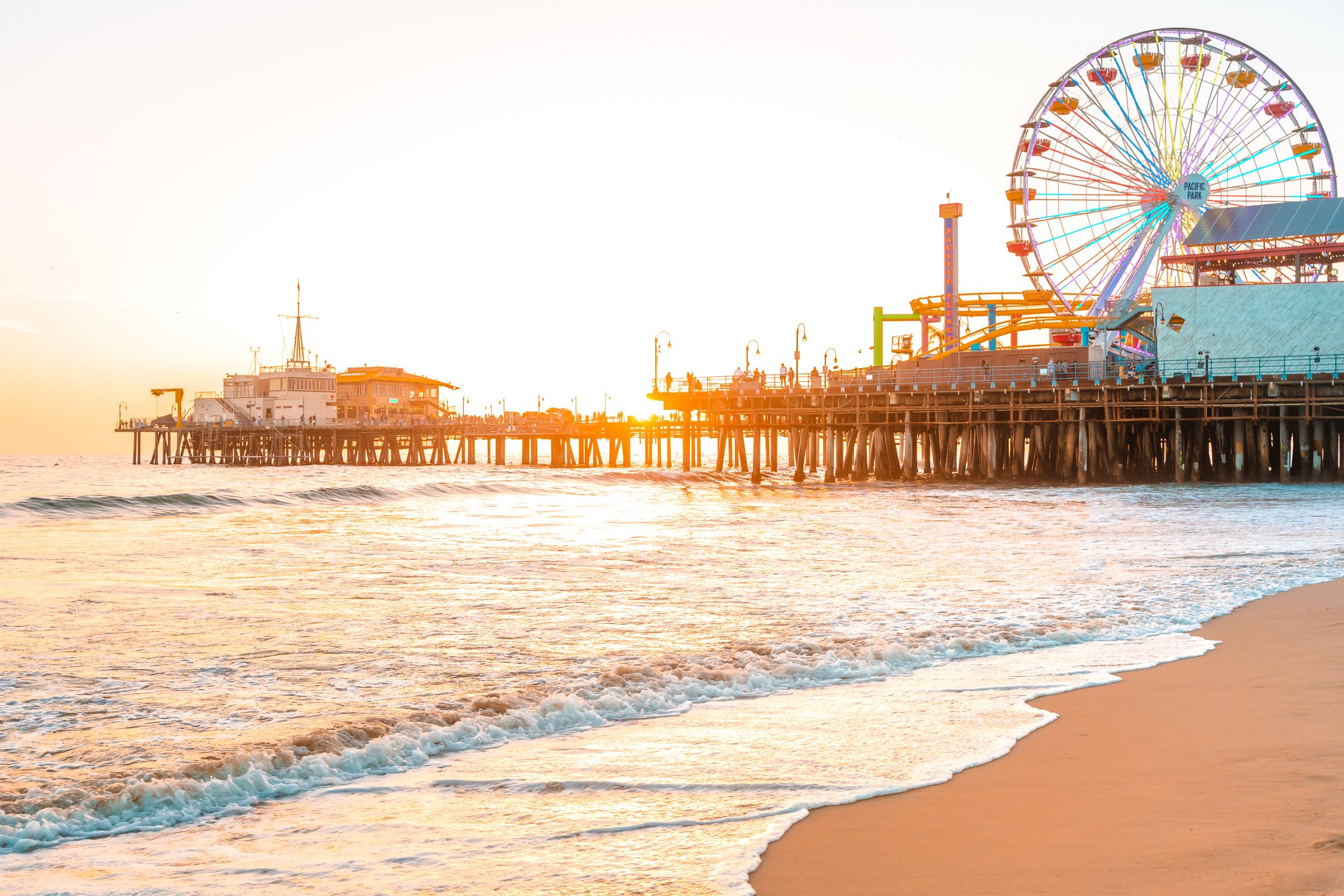



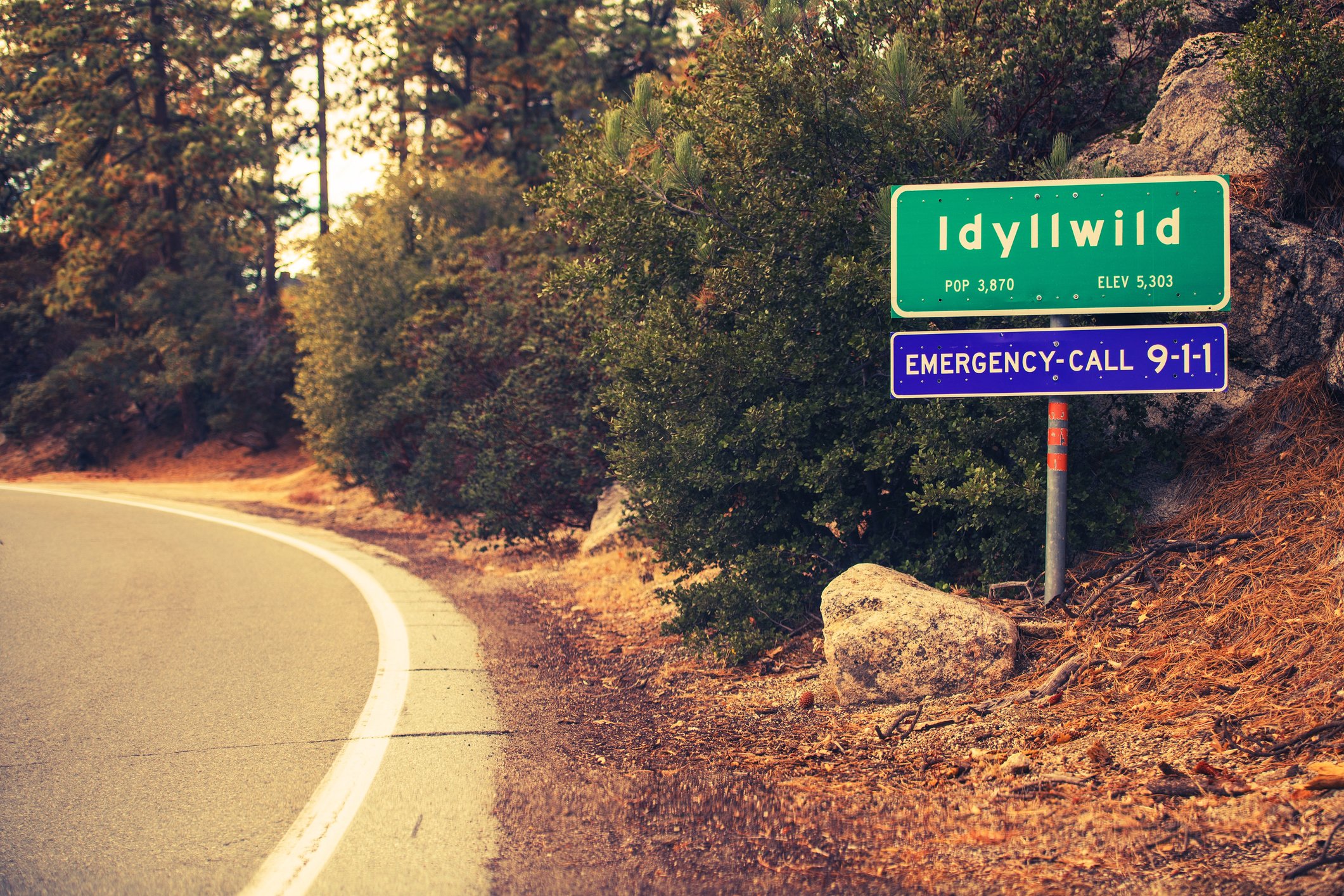
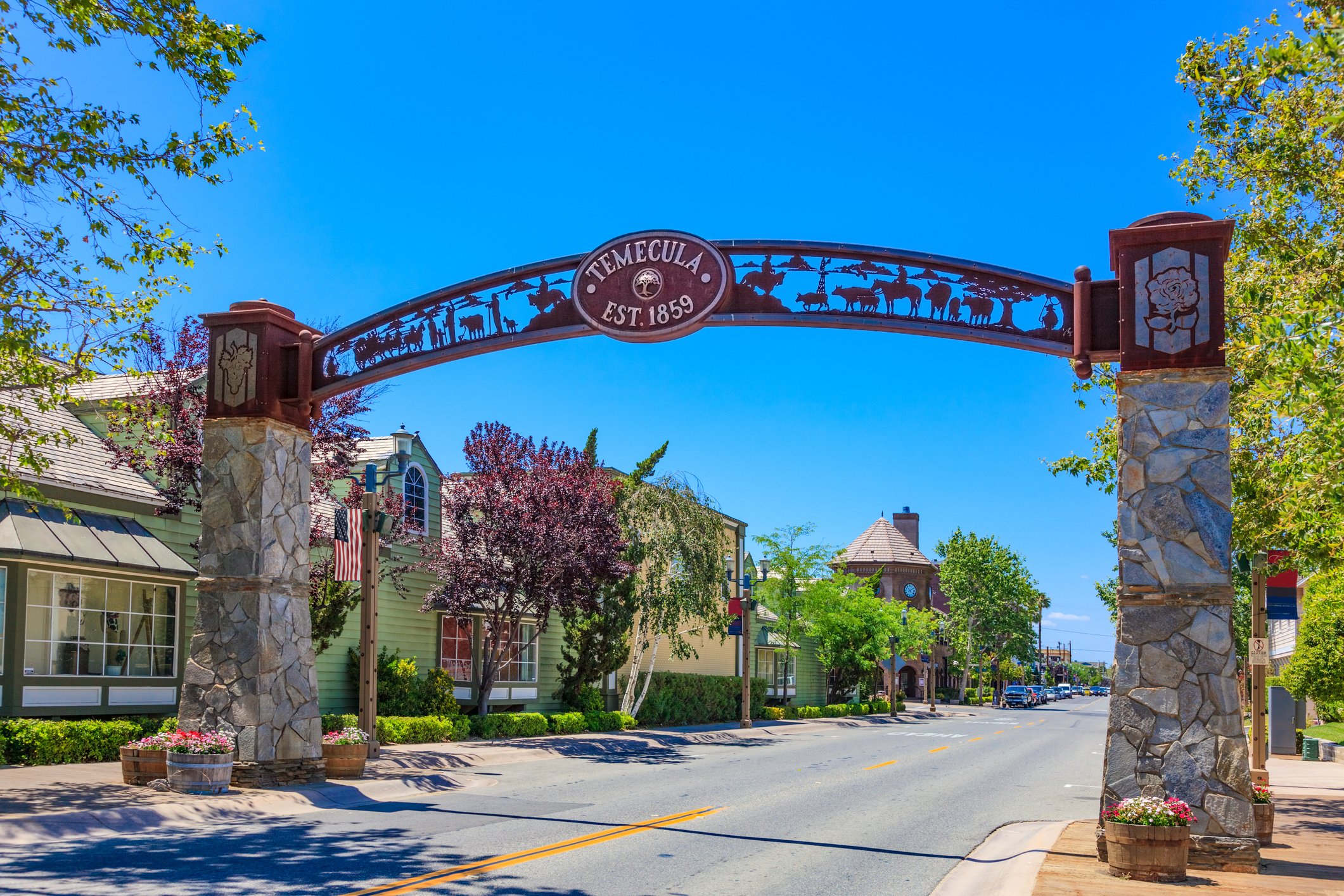
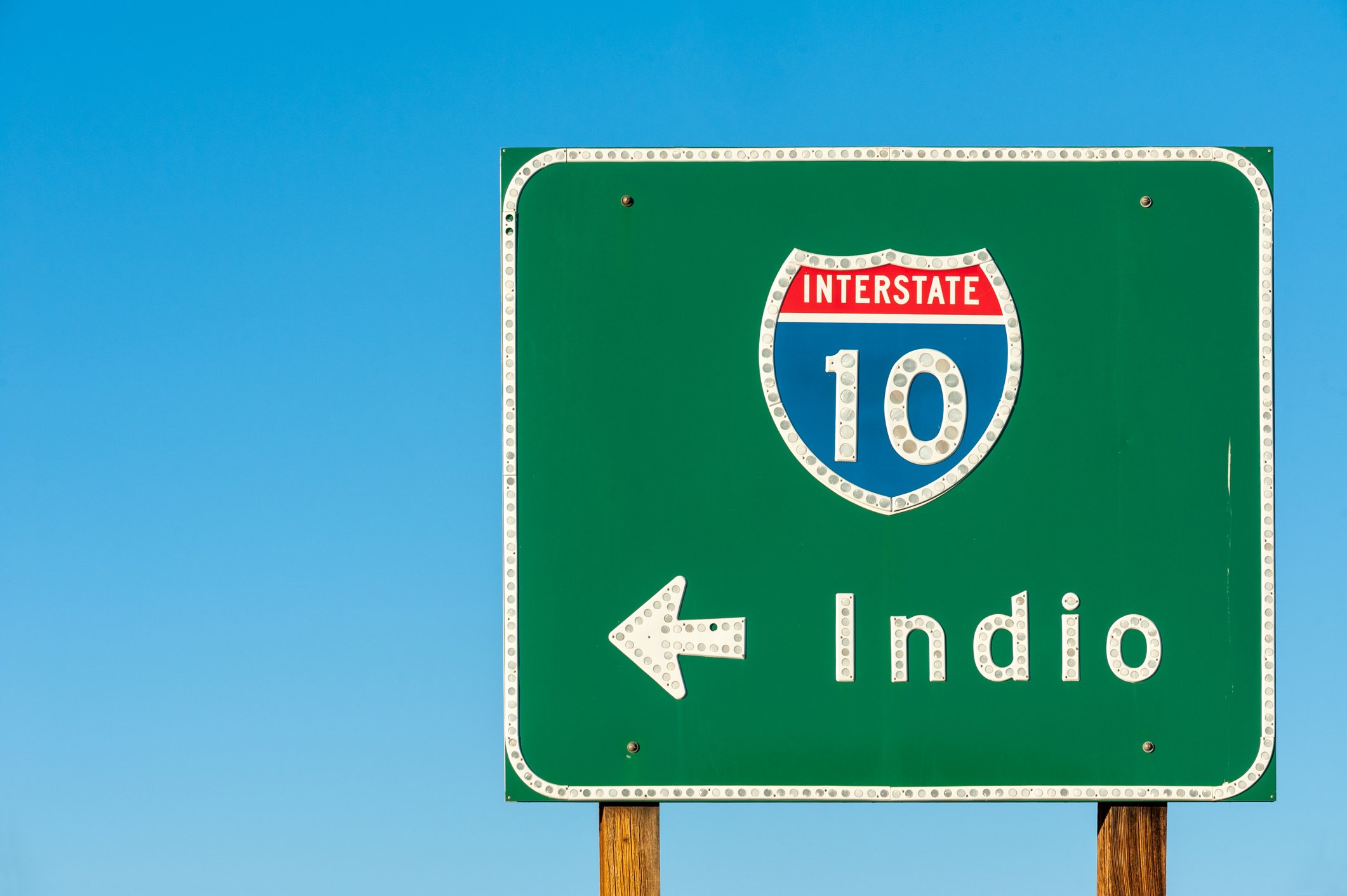
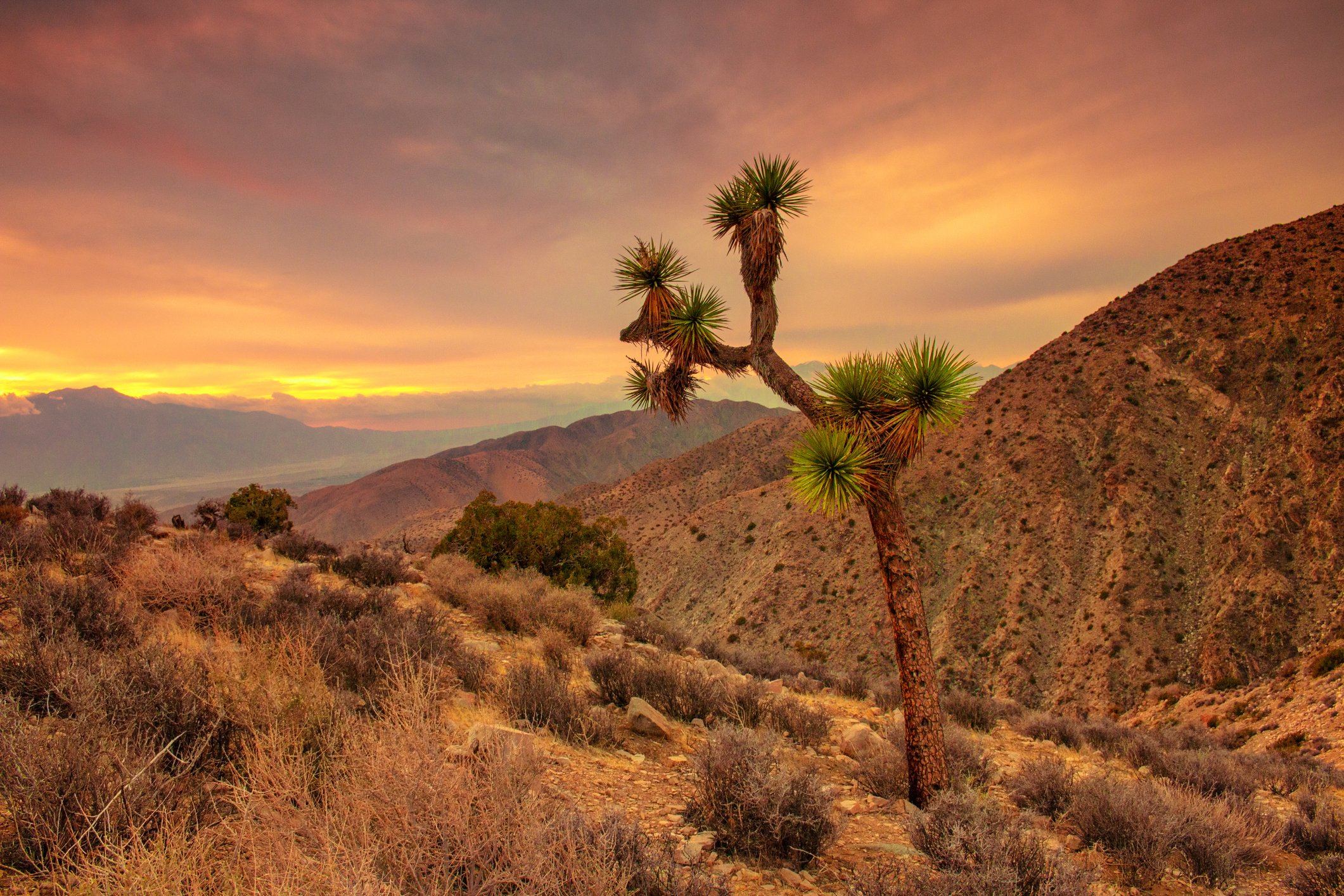
Whether you're planning a proposal, celebrating a birthday, growing your family, or just want beautiful photos with your favorite people—we’ve got a package for that. No stress, no pressure—just real moments captured in a way that feels like you.
👉 Browse All Packages
Why Southern California is Perfect for a Summer Road Trip
Southern California blends coastline, desert, and mountains into one of the most road-trip-friendly regions in the country. With easy access from Los Angeles, San Diego, Palm Springs, and Temecula, it’s ideal for both short getaways and extended adventures. You’ll find coastal cities, hidden wineries, open desert skies, and music festivals that last all night.
1. Coastal Drives and Beach Days Along the Pacific Coast Highway
The Pacific Coast Highway (PCH) is legendary for a reason. It’s one of the most scenic coastal routes in the world, with ocean views on one side and dramatic cliffs, tide pools, and boardwalks on the other.
Top Stops:
Santa Monica: Ride the Ferris wheel or stroll the pier for timeless California charm.
Malibu: Explore El Matador Beach for its rock formations and sea caves.
Laguna Beach: Browse local art galleries and shoot from the tide pools at low tide.
La Jolla: Kayak the sea caves or photograph the sea lions at La Jolla Cove.
Photography Tip: Plan your shoot during sunrise or golden hour for the best light. A circular polarizer helps reduce ocean glare and enhance the sky’s contrast.
2. Temecula Wine Country – Sip, Stroll, and Shoot
Temecula is a beautiful inland stop with rolling vineyards, Tuscan-inspired architecture, and family-owned wineries. Just 90 minutes from both San Diego and Los Angeles, it's perfect for couples, girls' trips, or relaxing weekend getaways.
Winery Recommendations:
Europa Village: European-inspired ambiance with scenic balconies and colorful walls.
Wilson Creek Winery: Known for almond champagne and open spaces, ideal for large groups or family portraits.
Bottaia Winery: Sleek, modern design and beautiful barrel rooms.
Photography Tip: Use a 50mm lens to create creamy background bokeh in the vineyard rows. Shoot in early morning or evening to avoid harsh mid-day lighting.
Want professional help? We offer seasonal photo sessions in Temecula tailored for travel days, proposals, and milestone moments.
3. Desert Adventures in Joshua Tree
Joshua Tree National Park combines rugged beauty with quiet solitude. It’s an unforgettable stop for hikers, creatives, and anyone looking to experience the surreal beauty of the California desert.
Points of Interest:
Hidden Valley: Easy to hike with plenty of unique rock formations.
Cholla Cactus Garden: Best at sunrise, when the cactus spines glow.
Pioneertown: A film set turned real-life western village.
Sky High Observatory: For stargazing and astrophotography.
Photography Tip: Use a wide-angle lens for boulder and sky scenes. For night shots, bring a tripod, set your ISO high, and use long exposures to capture the Milky Way.
4. Summer 2025 Music Festivals and Concerts in Southern California
Planning your road trip around a music festival? Summer 2025 is packed with major headliners and unforgettable venues.
BeachLife Festival (May 2–4, Redondo Beach): Lenny Kravitz, Sublime, and Alanis Morissette perform by the ocean.
Photo Tip: Shoot into the sunset for crowd silhouettes and festival ambiance.Hollywood Bowl Jazz Festival (June 14–15, Los Angeles): A timeless venue for jazz, funk, and soul.
Photo Tip: Use a fast prime lens for low-light, intimate crowd moments.HARD Summer Music Festival (August 2–3, Los Angeles): High-energy EDM and hip-hop on massive outdoor stages.
Photo Tip: Capture motion blur with slow shutter speeds for light trails.Wonderfront Festival (May 16–18, San Diego): Located along San Diego Bay with skyline views and ferry access.
Photo Tip: Use reflections from the water at twilight for dramatic backgrounds.Vans Warped Tour 30th Anniversary (July 26–27, Long Beach): A return of punk, pop-punk, and skate culture.
Photo Tip: Go wide and low for crowd energy, or tight to capture tattoos and instruments.Lady Gaga – Mayhem Ball Tour (July 28 – Aug 2, Kia Forum): Theatrical, bold, and unforgettable.
Photo Tip: Capture costume changes and crowd reactions with a zoom lens.Kesha – The Tits Out Tour (July, Inglewood): Celebrating freedom, sparkle, and fun.
Photo Tip: Focus on movement, glitter, and expressive crowd shots.The Driver Era – Obsession Tour (July 18, Hollywood Palladium): Alternative rock and intimate fan energy.
Photo Tip: Use a fast lens for stage lighting and frame shots that show the connection between performer and fans.
5. Must-Stop Food Spots for Every Road Trip
No summer road trip is complete without great food. Southern California offers plenty of photogenic and delicious roadside stops.
In-N-Out Burger: Great for iconic food shots under palm trees.
Swing Inn Café, Temecula: A local diner owned by actor Dean Norris from Breaking Bad.
Photo Tip: Use natural light, shoot from above, and include the classic red trays.Venice Whaler, Venice Beach: Seaside dining with great cocktails and beach views.
Photo Tip: Use backlighting to make drinks and food pop during sunset.
6. Book a Professional Photoshoot Along the Way
We offer mobile photography sessions for travelers who want to make their road trip memories last. Whether you're visiting a winery, celebrating a milestone, or exploring a national park, we can meet you on location in:
Temecula
Joshua Tree
Palm Springs
San Diego
Los Angeles
High Desert and more
Browse our photography packages or get in touch to book your date and discuss your travel route.
Photography Tip: We help with poses, lighting, and choosing locations that match your aesthetic. Just show up and enjoy your trip—we’ll take care of the rest.
Final Tips for a Smooth and Photogenic Summer Road Trip
Book accommodations and festival tickets early.
Travel with sunscreen, a reusable water bottle, comfortable shoes, and your camera gear.
Plan your photo stops around sunrise or sunset when lighting is best.
Leave room for detours and spontaneous roadside moments—those often make the best stories.
Make Summer 2025 One to Remember
From iconic coastlines and desert landscapes to wine tastings and live music, a Southern California summer road trip gives you the chance to slow down, take it all in, and create something meaningful. Whether you're driving down the PCH or dancing under festival lights, don’t forget to document it all.
Need help capturing the moment? Contact us and let’s plan your road trip photoshoot today.


